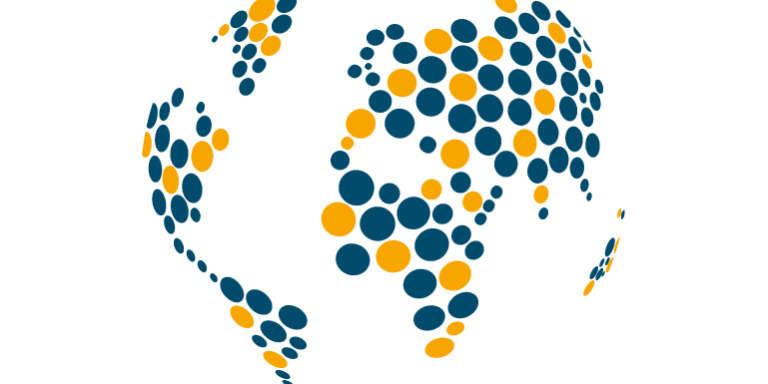Weekly reports on the latest conflict developments in Mozambique and Ethiopia are made available by the Cabo Ligado and Ethiopia Peace Observatory projects, respectively.
Last week in Africa, Burkinabe forces intensified airstrikes against Islamist militants; the government of the Central African Republic declared a unilateral ceasefire; two deadly attacks hit the capital in Somalia; and violence escalated against the main opposition party and its leader in Zimbabwe.
In Burkina Faso, a significant number of events including attacks and kidnappings of civilians by presumed Jama’at Nusrat al-Islam wal-Muslimin (JNIM) and affiliated militants were reported in the East and Boucle du Mouhoun regions. Suspected JNIM militants and affiliates also launched deadly attacks on Burkinabe forces and Volunteer for Defense of Homeland (VDP) fighters. Meanwhile, the Burkinabe air force escalated airstrikes targeting assumed JNIM positions, as well as suspected Islamic State West Africa (ISWAP) Greater Sahara faction positions in the Soum department of the Sahel region for the first time since August. The airstrikes came as the presumed ISWAP Greater Sahara faction militants carried out several attacks in the tri-border area of Burkina Faso, Mali, and Niger. A deadly attack by the group on a mosque in the village of Abonkor in the Tillaberi region resulted in several civilian fatalities. The attack was followed by an IED explosion in the same location targeting Nigerien troops responding to the situation. Similarly, a number of civilians were killed and wounded in a series of IED explosions by assumed JNIM-affiliated fighters in the central and northern regions of Mali. Presumed Katiba Macina operatives also engaged in fire fights with security forces in Ivory Coast after months of no reported incidents in the country by the group.
In Nigeria, ISWAP Lake Chad faction militants fought against the military and Civilian Joint Task Force in several Local Government Areas (LGA) of Borno State. Military forces foiled a deadly ambush on a military base in Ngamdu, a border town between Yobe and Borno states. Meanwhile, violence perpetrated by communal militia continued last week. A militia attack on civilians in Sakajiki in Zamfara state left a dozen people dead and properties damaged while clashes between Nigerian forces and Zamfara militia in Niger and Katsina states resulted in over 40 fatalities. Elsewhere in Anambra state, as the gubernatorial elections draw close, the venue of the All Progressives Grand Alliance (APGA) campaign rally in the Ihiala LGA came under attack, leading to deadly clashes with security forces. The convoy of State Governor Willie Obiano was reportedly among those trapped in the clashes. The separatist group Indigenous People of Biafra (IPOB) denied any connections to the attack, blaming instead the Fulani militia (The Guardian, 15 October 2021).
In the Central African Republic, political violence continued between military forces (FACA) with Wagner Group mercenaries against militias aligned with the Coalition of Patriots for Change (CPC). In Bria in the Haute-Kotto prefecture, following a deadly fighting between CPC-affiliated Union for Peace in the Central African Republic (UPC) rebels and Wagner Group and FACA forces, Russian mercenaries abducted over 100 Fulani pastoralists suspected of supporting the rebels. Fulani civilians have often been targeted for their alleged support of the rebel groups. Last week ended with the Central African Republic President Faustin-Archange Touadera declaring a unilateral ceasefire against armed groups.
In the Democratic Republic of Congo, presumed Allied Democratic Forces (ADF) rebels attacked several villages near Mamovei in the Beni territory of North-Kivu province over multiple days, killing at least 20 civilians. Elsewhere in North-Kivu, the Congolese armed forces arrested and detained the Head of the Nduma Defence of Congo-Renove of the Bwira splinter faction in Goma. In South-Kivu, the Mayi Mayi Biloze Bishambuke and their allies gained control of several villages in Fizi territory following clashes with Twirwaneho militia. The clashes were reportedly intended to prevent the Twirwaneho coalition from expanding their territory and displaced many ethnic Banyamulenge.
In Uganda, the Islamic State Central Africa Province (ISCAP) claimed an attack on security forces in Kampala two weeks ago.1This event was coded two weeks ago per ACLED methodology. This is the first time ISCAP is claiming an attack in Uganda.
In Kenya, an IED attack targeted a military convoy between Milimani and Baure in Lamu county. Al Shabaab claimed responsibility and over a dozen fatalities among Kenyan defense forces. In neighboring Somalia, the group continued its attacks. In the Daynile district of Mogadishu, a deadly IED explosion by the militants targeted a convoy of security forces. The same day, an Al Shabaab suicide bomber blew himself up at a busy restaurant in the capital Mogadishu’s Yaqshid district, leaving several people dead. Last week, security forces reportedly regained control of several villages from Al Shabaab militants in the Gedo and Middle Shabelle regions. They also retook Ceel Dheer town in Galgaduud after Ahlu Sunna Wal Jamaa (ASWJ) militants withdrew from the town. Over the past few weeks, ASWJ militants took over a number of villages in the region after nearly two years of inactivity.
Lastly, in Zimbabwe, violence escalated against the opposition Movement for Democratic Change (MDC) Alliance members by police forces and the supporters of the ruling Zimbabwe African National Union-Patriotic Front (ZANU-PF) party. The convoy of Nelson Chamisa, Zimbabwe’s main opposition leader, was attacked by suspected Zanu-PF supporters in the southern Masvingo region. The attack followed the police raid on his private residence in the area to disperse a meeting.






